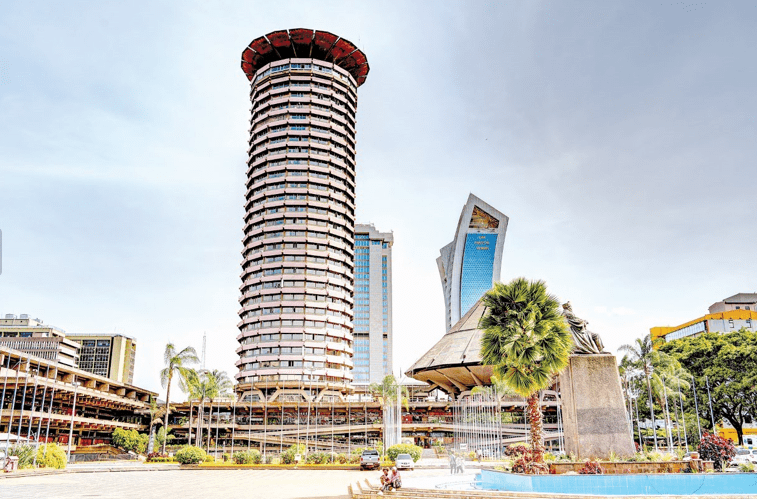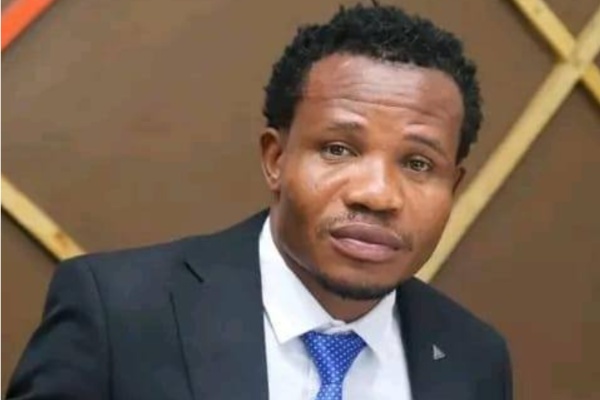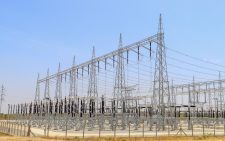Legal hurdles dampen sale of State-owned firms

The fate of State-owned enterprises (SOEs) privatisation hangs in the balance as court cases jam the process of selling the assets amid warnings that they remain a weak link in government expenditure.
Lawrence Kibet, the Director General, Public Investment and Portfolio Management at the National Treasury said although the government holds close to Sh3.4 trillion in these assets the return is a measly 0.1 per cent equivalent to Sh34 billion. The Privatisation Authority Managing Director and CEO Joseph Koskey, 22 SOEs are in line for privatisation. However, legal challenges have created uncertainty regarding the timelines and execution of this process.
“If it were not for that, we would be able to mention that these are the companies we are currently ongoing in terms of privatisation,” he said. Koskey and Kibet spoke yesterday at a function where the Privatisation Authority unveiled its five-year strategic plan lapsing in 2027.
The function also witnessed the unveiling of the Authority’s new brand identity. Kenya’s privatisation plan targets 35 SOEs, including iconic institutions such as Kenyatta International Convention Centre (KICC), Kenya Pipeline Company (KPC) and National Oil Corporation of Kenya (NOCK). The goal is to improve efficiency, generate revenue, and create opportunities for private investors.
President William Ruto’s administration has been contending with the underperforming SOEs. To tackle this issue, the Cabinet sanctioned the Privatisation Bill of 2023, empowering the National Treasury to divest government agencies without the need for parliamentary consent.
However, Kenya’s main opposition party ODM challenged the government’s revenue-raising strategy in court. The party argues the sale should be subjected to a referendum because of the strategic importance of the parastatals. The court ruled that any planned sales made under the revised law would be suspended until February 6, 2025.
Critical sectors
The suspension affects critical sectors, including energy, infrastructure, and tourism. Investors eagerly awaited the privatisation of KPC and NOCK, hoping to participate in Kenya’s growing economy.
The delay raises concerns about revenue generation and the government’s ability to attract foreign investment. “We are doing very badly around the investment front. To date, the government of Kenya has put in investments which we are approximating, from all our state corporations to about Sh3.4 trillion in terms of the asset base. From those investments, we hardly get 0.1 per cent in returns,” Kibet said.
He explained that in well-run economies, the revenue that comes from government investments can fund up to one-third of a country’s budget.
“For our case, if we were to get 8 per cent of the Sh3.4 trillion, of investments, you can work the math and see how much revenue that would bring, something close to Sh300 billion,” Kibet said. As the institution awaits the court ruling next month, addressing corruption, inefficiencies, and accountability gaps remains crucial to prevent financial leakages from the SOEs.
Koskey said the new strategy has three key goals improving the implementation of the privatisation programme, fostering strategic partnerships, visibility, and collaboration, as well as achieving operational efficiency.












